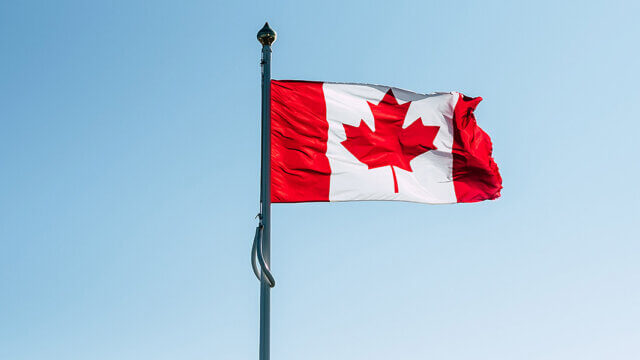INTERNATIONAL REPORT—Marriott International’s Luxury Brands Group’s presentation on the State of Luxury Travel highlighted various consumer shifts taking place post-pandemic, which, according to its leaders, they’re uniquely positioned for with eight distinct luxury brands.
“This global footprint allows us to quickly identify and respond to trends and it even creates an incredible advantage at a time when the current environment is forcing consumer habits, demands and desires to change with unprecedented speed,” said Tina Edmundson, global brand and marketing officer for Marriott International.
Globally, 88% of luxury hotels have reopened; 96% in Asia-Pacific; 77% in Europe, the Middle East and Africa; and 88% in the Americas.
“In terms of demand, there have definitely been some bright spots,” Edmundson said. “Our resort properties in beach, mountain and desert locations are doing very well. In the U.S., our five alpine escapes all outperformed last year’s occupancy this past October and November.”
According to Edmundson, the strong domestic travel demand in China, specifically, demonstrates the resiliency of demand where the virus is perceived to be firmly under control.
As demand changes so are consumer demands, as luxury travelers shift from less flashy to a more silent form of affluence, Edmundson said.
“Consumers across the board are going to be more thoughtful in their decisions,” she noted. “For the ultra-wealthy, this means allocating their resources toward luxury goods and experiences that prioritize values like privacy, well-being and family.
The pandemic has caused consumers to not only prioritize these values but technology as well and its many uses.
“The pandemic has forced the population to embrace new technology,” Edmundson said. “Consumers and businesses have advanced five years forward in digital adoption in a matter of only eight weeks. The uptick in the use of digital services is a permanent change as 75% of people using digital channels for the first time indicate that they will continue to use them when things return to normal.”
Pre-COVID, luxury was slowly shifting to accommodate a modern, affluent consumer with a growing variety of taste, inspiration and references. “That shift is now non-negotiable,” Edmundson said, as luxury is more designed by the individual.
Marriott has aptly named this consumer the “Architect of Affluence,” a guest that is venturing out in this changed world and influencing the guest experience for all that will follow.
Marriott is also seeing a shift in travel trends, with not so much a refrain from spending on travel, but a redirection. This includes a massive shift in booking patterns with consumers choosing the highest room categories; family and friends traveling together in groups; and last-minute decisions made one-three weeks in advance. There has also been an uptick in travelers extending their stays while on property once they gain a sense of comfort and safety, signaling a major surge in leisure travel.
“We know that people are planning and dreaming and expecting a time in the future when travel has normalized,” Edmundson said.
According to Chris Gabaldon, SVP of luxury for Marriott International, these insights were gained from more than 200 of Marriott luxury GMs globally.
“One of the shifts we’re seeing is the hotel becoming the destination with immersive experiences now happening on-property,” he said.
He also brought up the elephant in the room—cleaning—and although not the sexiest of topics, possibly the one most top-of-mind for consumers.
“Guests want visual cues,” Gabaldon said. “Clean can no longer be behind the scenes.”

